To give a better understanding about the relationships between bike speed, wind speed, wind angle and the apparent wind angle (yaw angle) we generated some sketches and graphs, which you will find together with some explanations below.
By adding both vectors, you will get the effective air speed Veffective. The angle between the effective air speed and the riding direction is called yaw angle. The air speed, acting from straight ahead of you, is the effective head wind Vhead.
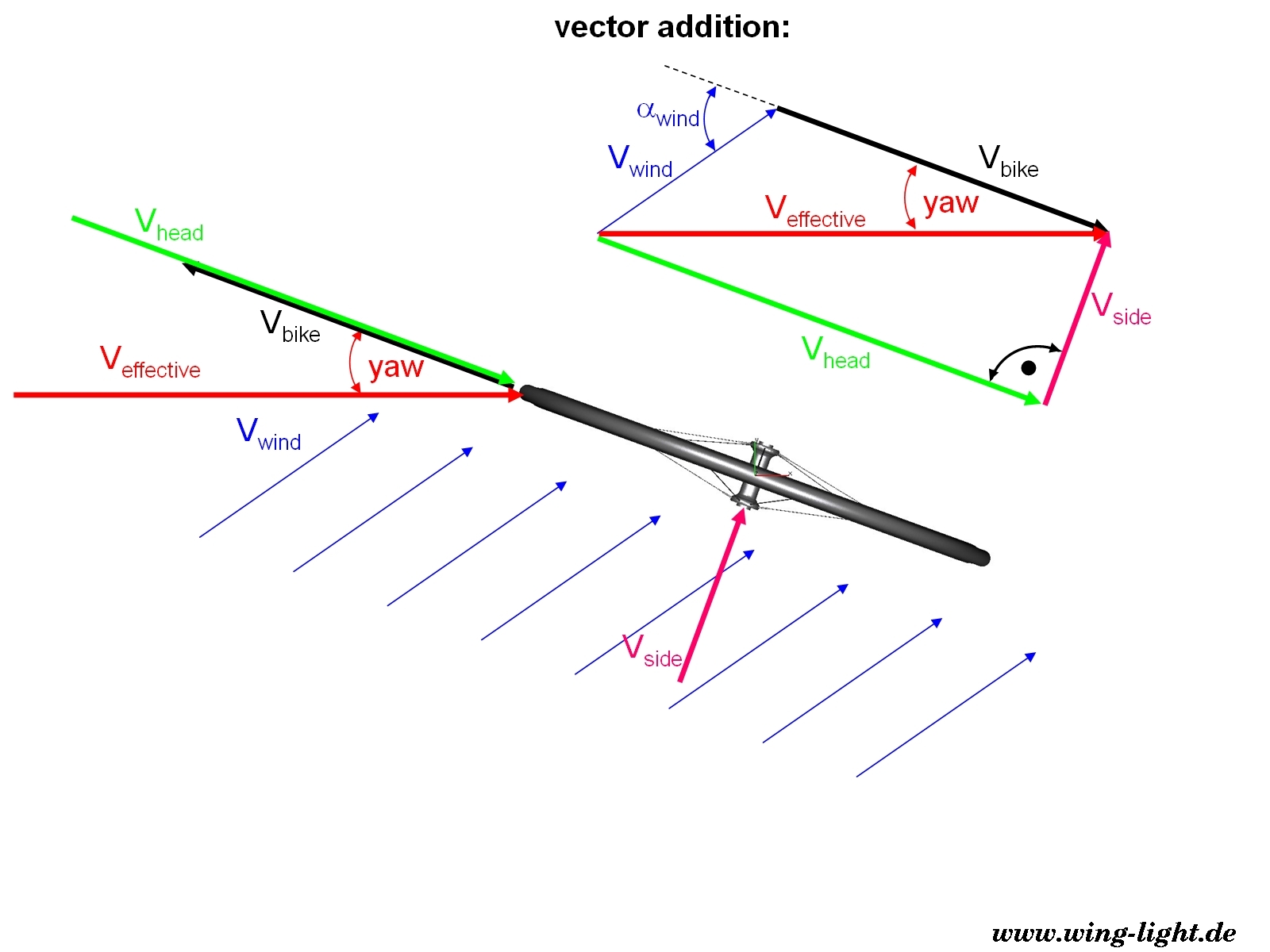
Sketch 1: velocity vectors
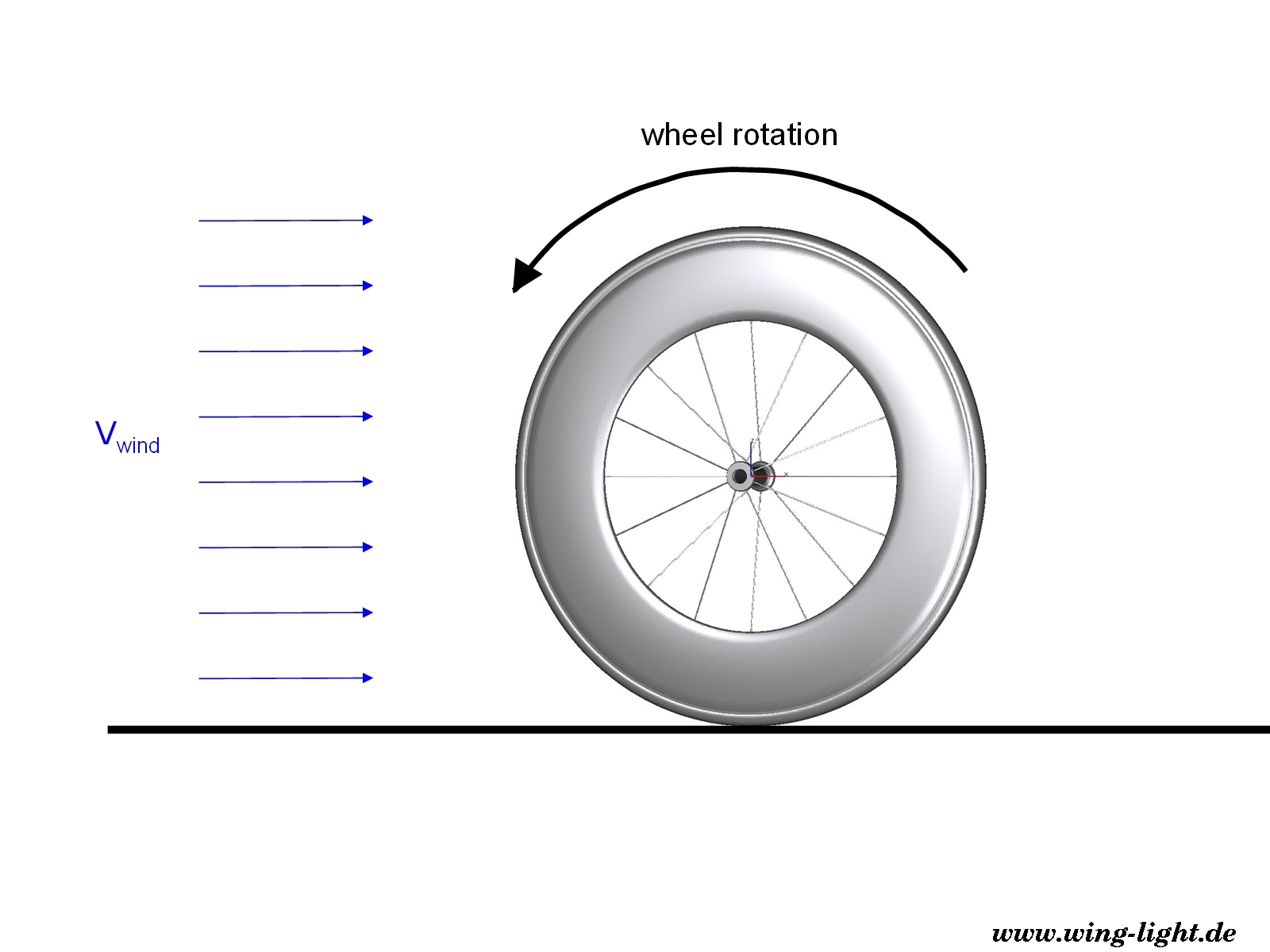
Sketch 2: wheel rotation and wind direction
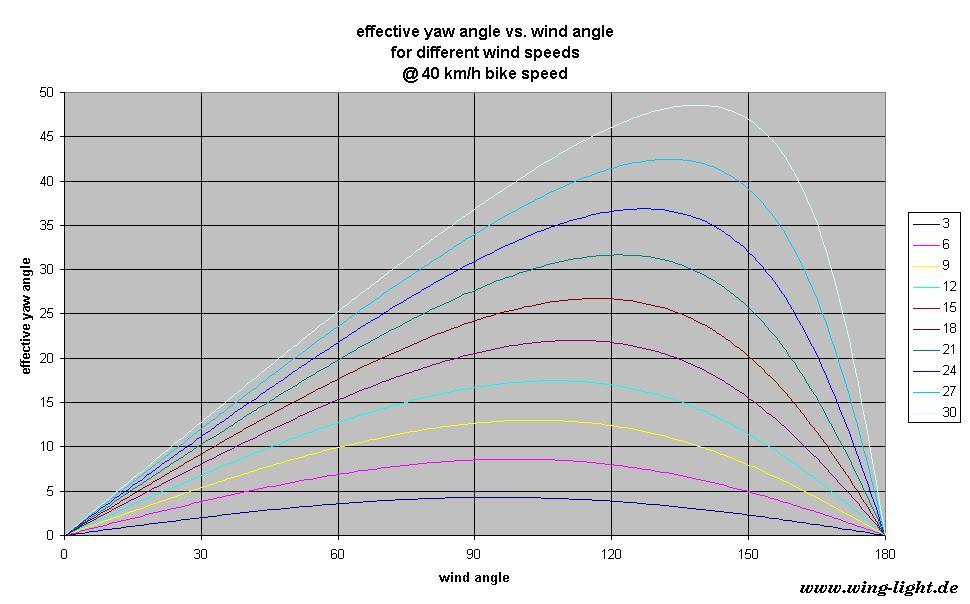
Graph 1: yaw angle vs wind angle for const. bike speed of 40 km/h
Graph 2a shows the yaw angle for a const. head wind speed of 50 km/h for a range of wind speed between 3 and 30 km/h. Now the highest yaw angles will be experienced with cross winds of 90° to the bike. Graph 2b shows the respective bike speeds for the same cases.
Graphs 3a,b to 5a,b are variations in head wind speed of 45, 40 and 35 km/h.
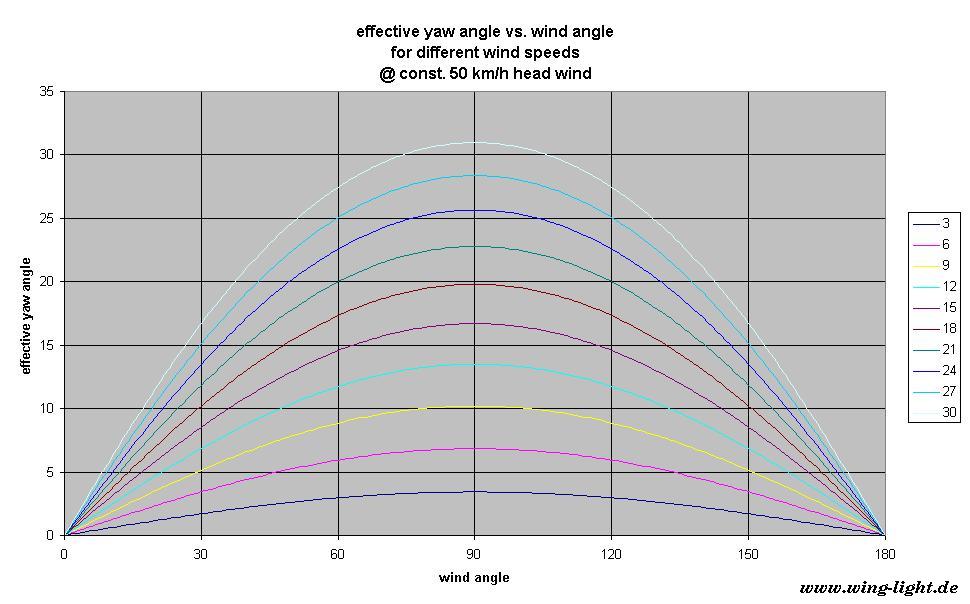
Graph 2a: yaw angle vs wind angle for const. head wind speed of 50 km/h
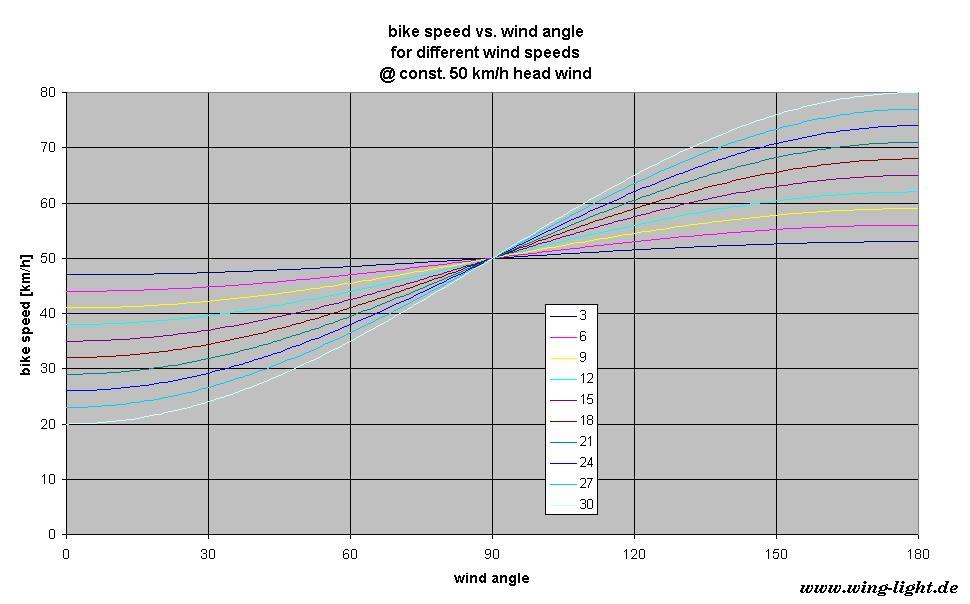
Graph 2b: bike speed vs wind angle for const. head wind speed of 50 km/h
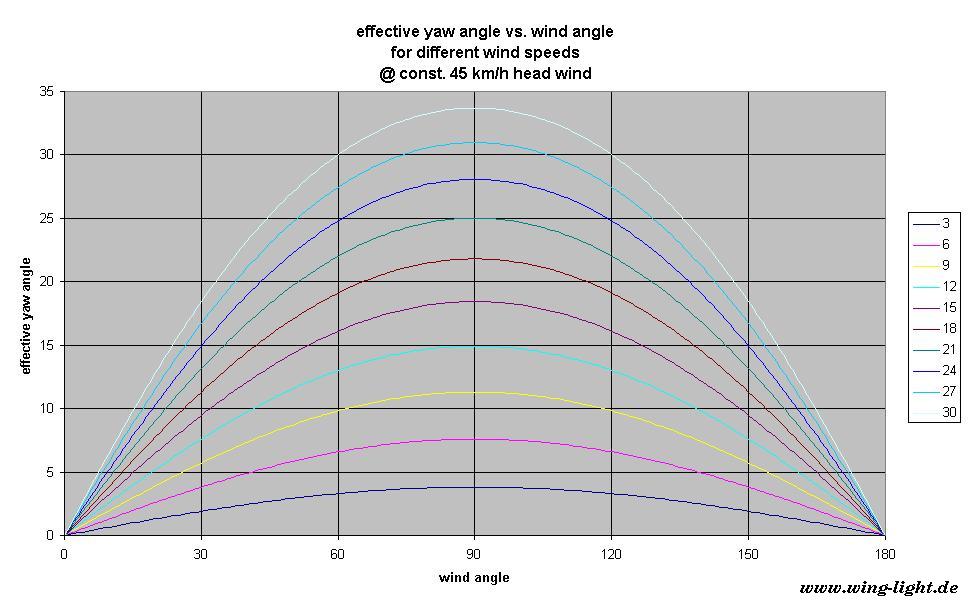
Graph 3a: yaw angle vs wind angle for const. head wind speed of 45 km/h
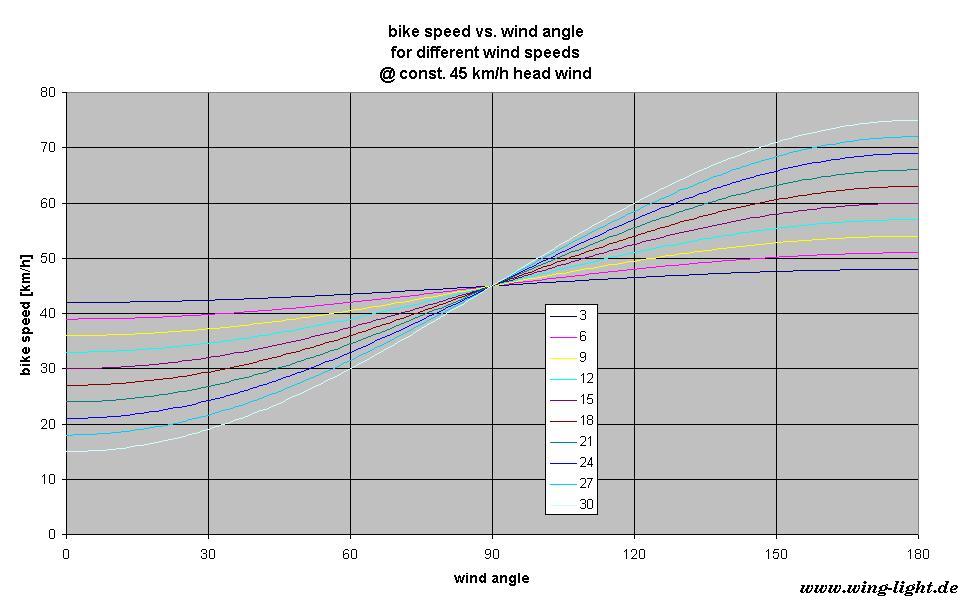
Graph 3b: bike speed vs wind angle for const. head wind speed of 45 km/h
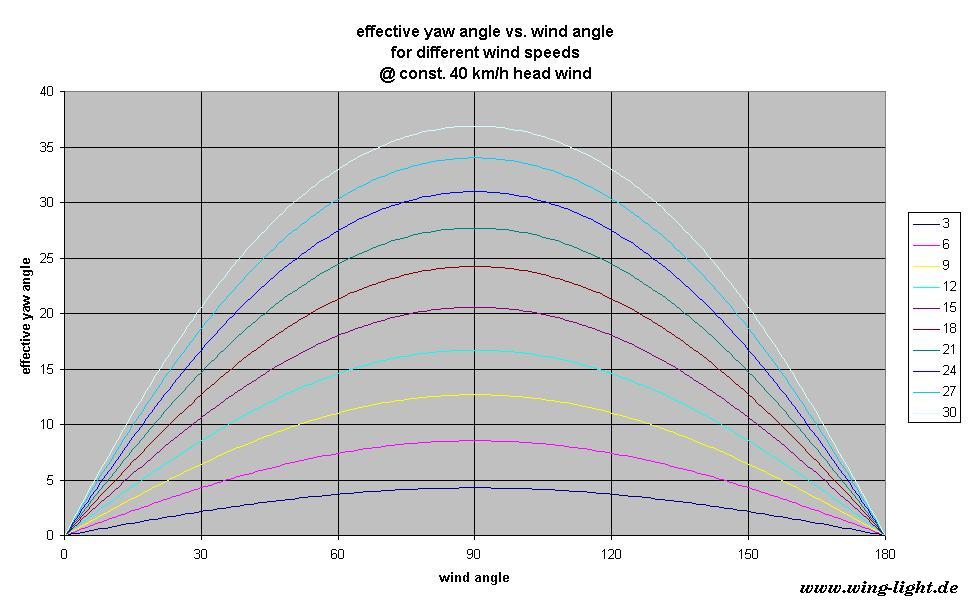
Graph 4a: yaw angle vs wind angle for const. head wind speed of 40 km/h
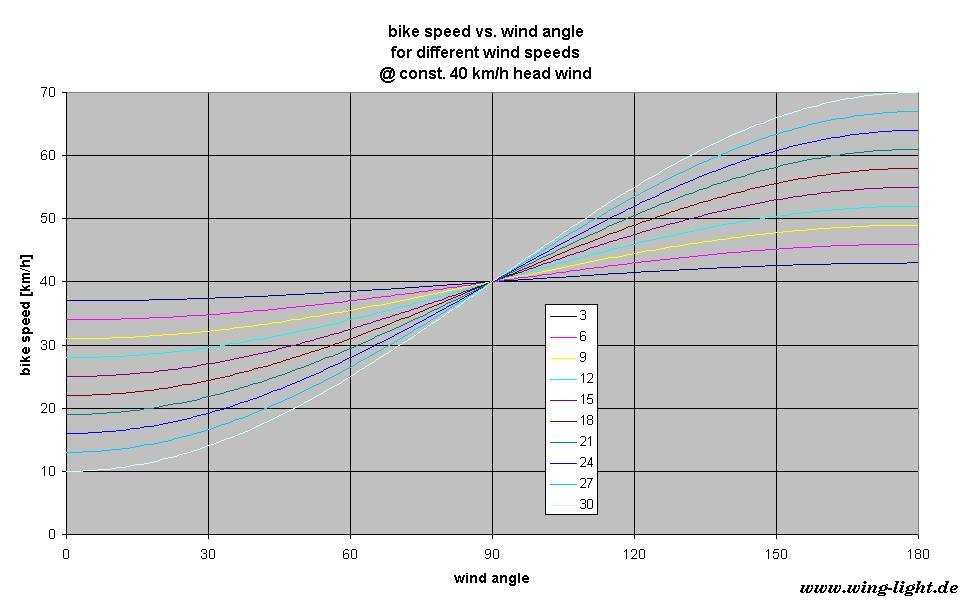
Graph 4b: bike speed vs wind angle for const. head wind speed of 40 km/h
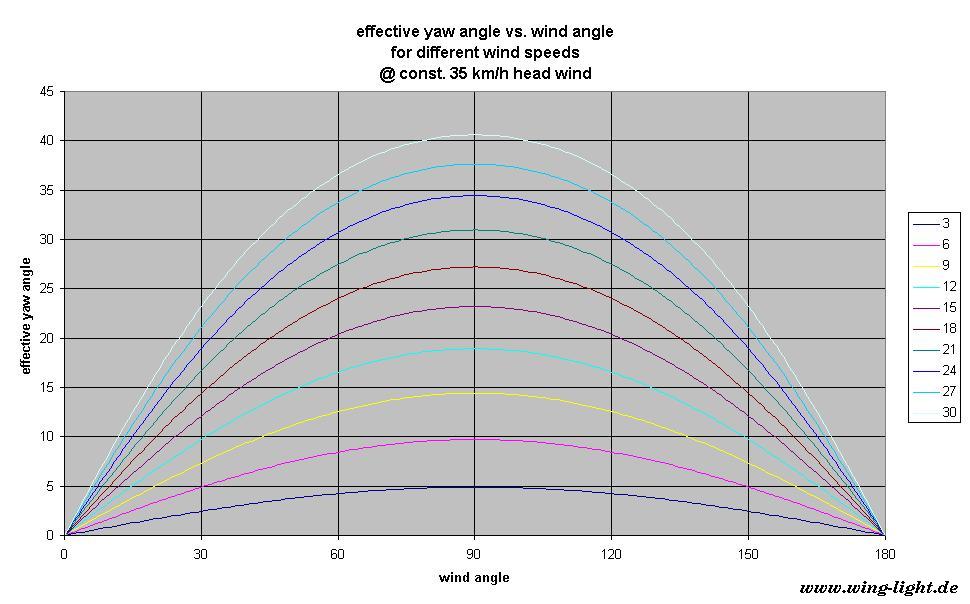
Graph 5a: yaw angle vs wind angle for const. head wind speed of 35 km/h
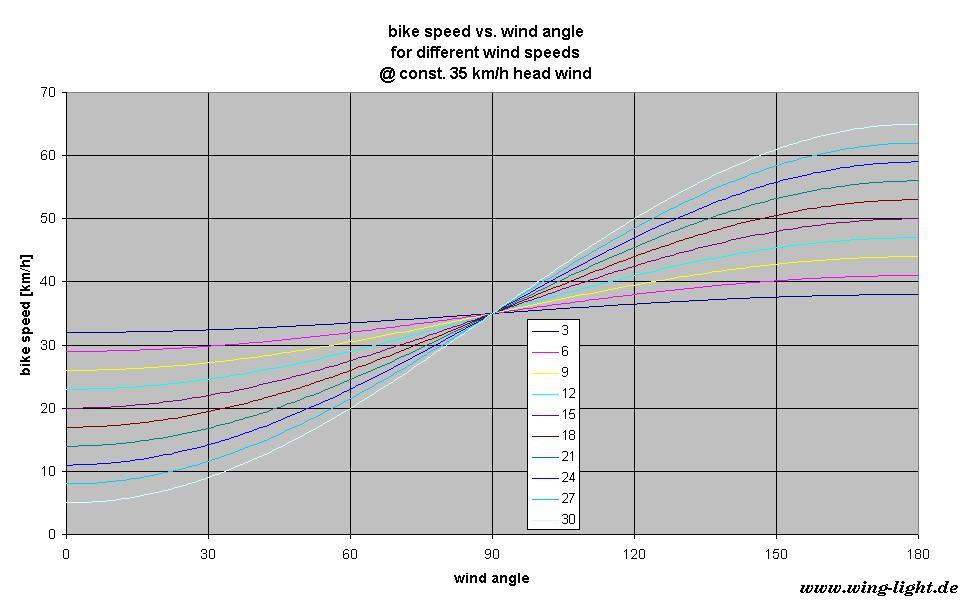
Graph 5b: bike speed vs wind angle for const. head wind speed of 35 km/h
But what does that mean when it comes to developing a wheel, or when you are thinking about buying a new set of wheels for your competitions?
Graph 6 shows the occurrence of yaw angles for 4 different head wind speeds and wind speeds between 0 and 18 km/h, which is an average value which you will experience in real life. In more than 55% of all cases (wind angles) the yaw angle is less than 10°, even for a hobby cyclist with an average head wind speed of 35 km/h.
This leads to the fact, that in terms of aerodynamic performance a wheel manufacturer should try to develop their wheels for wind conditions below 20° yaw angle. And if you are a bicyclist, who likes to compete in bike races, time trials or triathlons, and want to buy a competitive set of wheels, you should look especially for wheels which are optimised for yaw angles between 0° and 20°.
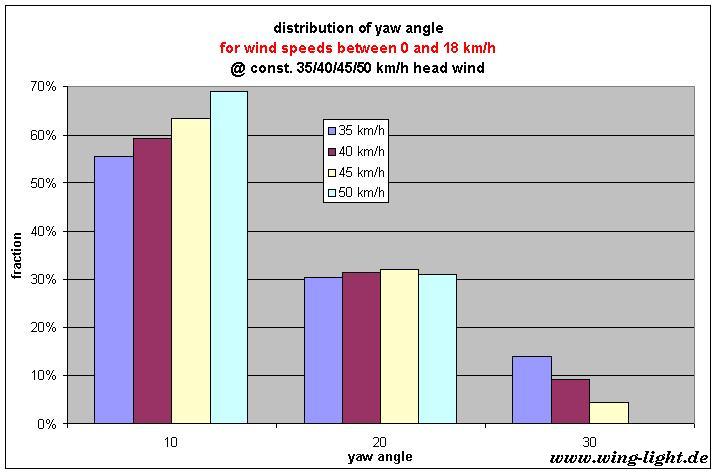
Graph 6: distribution of yaw angles for wind speeds between 0 and 18 km/h
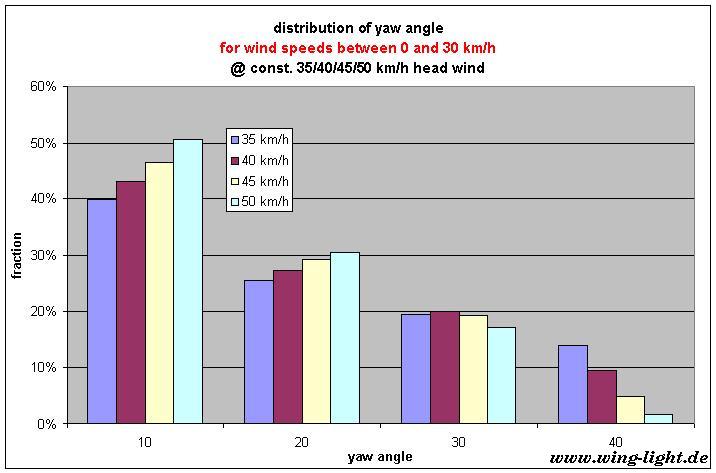
Graph 7: distribution of yaw angles for wind speeds between 0 and 30 km/h